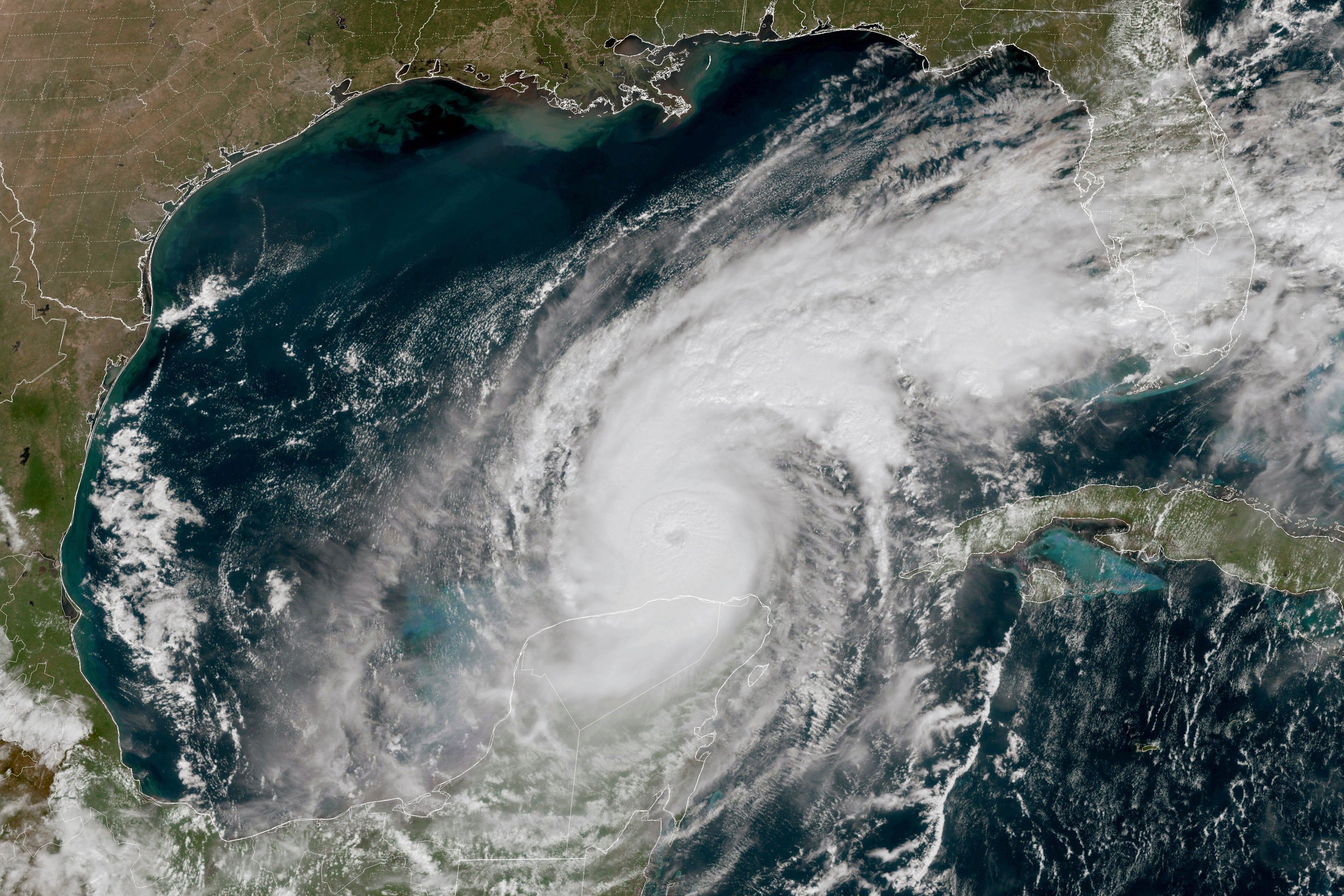A hurricane scientist logged a final flight as NOAA released his ashes into Milton’s eye
Peter Dodge flew hundreds of missions into hurricanes as a radar specialist for the National Oceanic and Atmospheric Administration

Your support helps us to tell the story
From reproductive rights to climate change to Big Tech, The Independent is on the ground when the story is developing. Whether it's investigating the financials of Elon Musk's pro-Trump PAC or producing our latest documentary, 'The A Word', which shines a light on the American women fighting for reproductive rights, we know how important it is to parse out the facts from the messaging.
At such a critical moment in US history, we need reporters on the ground. Your donation allows us to keep sending journalists to speak to both sides of the story.
The Independent is trusted by Americans across the entire political spectrum. And unlike many other quality news outlets, we choose not to lock Americans out of our reporting and analysis with paywalls. We believe quality journalism should be available to everyone, paid for by those who can afford it.
Your support makes all the difference.As an award-winning scientist, Peter Dodge had made hundreds of flights into the eyes of hurricanes — almost 400. On Tuesday, a crew on a reconnaissance flight into Hurricane Milton helped him make one more, dropping his ashes into the storm as a lasting tribute to the longtime National Oceanic and Atmospheric Administration radar specialist and researcher.
“It’s very touching,” Dodge's sister, Shelley Dodge, said in an interview Thursday with The Associated Press. “We knew it was a goal of NOAA to make it happen.”
The ashes were released into the eye of the hurricane Tuesday night, less than 24 hours before Milton made landfall in Siesta Key near Sarasota, Florida. An in-flight observations log, which charts information such as position and wind speed, ended with a reference to Dodge’s 387th — and final — flight.
“He’s loved that aspect of his job,” Shelley Dodge said. “It’s bittersweet. On one hand, a hurricane’s coming and you don’t want that for people. But on the other hand, I really wanted this to happen.”
Dodge died in March 2023 at age 72 of complications from a fall and a stroke, his sister said.
The Miami resident spent 44 years in federal service. Among his awards were several for technology used to study Hurricane Katrina’ s destructive winds in 2005.
He also was part of the crew aboard a reconnaissance flight into Hurricane Hugo in 1989 that experienced severe turbulence and saw one of its four engines catch fire.
“They almost didn’t get out of the eye,” Shelley Dodge said.
Items inside the plane were torn loose and tossed about the cabin. After dumping excess fuel and some heavy instruments to enable the flight to climb further, an inspection found no major damage to the plane and it continued on. The plane eventually exited the storm with no injuries to crew members, according to NOAA.
A degenerative eye disorder eventually prevented Dodge from going on further reconnaissance flights.
Shelley Dodge said NOAA had kept her informed on when her brother's final mission would occur and she relayed the information to relatives.
“There were various times where they thought all the pieces were going to fall in place but it had to be the right combination, the research flight. All of that had to come together,” she said. “It finally did on the 8th. I didn’t know for sure until they sent me the official printout that showed exactly where it happened in the eye.”
Dodge had advanced expertise in radar technology with a keen interest in tropical cyclones, according to a March 2023 newsletter by NOAA’s Atlantic Oceanographic and Meteorological Laboratory announcing his death.
He collaborated with the National Hurricane Center and Aircraft Operations Center on airborne and land-based radar research. During hurricane aircraft missions, he served as the onboard radar scientist and conducted radar analyses. Later, he became an expert in radar data processing, the newsletter said.
Dodge’s ashes were contained in a package. Among the symbols draped on it was the flag of Nepal, where he spent time as a Peace Corps volunteer teaching math and science to high school students before becoming a meteorologist.
An avid gardener, Dodge also had a fondness for bamboo and participated in the Japanese martial art Aikido, attending a session the weekend before he died.
“He just had an intellectual curiosity that was undaunted, even after he lost his sight,” Shelley Dodge said.